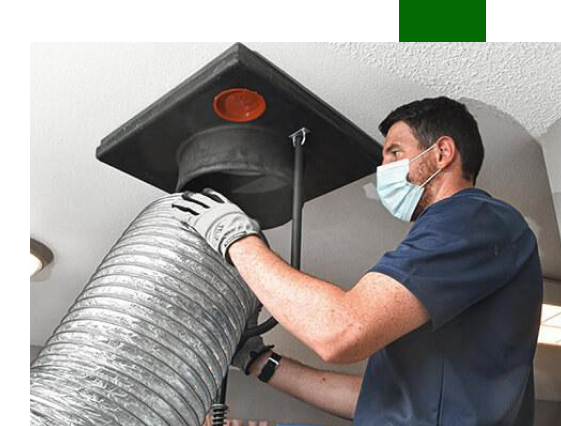What Is a Patient Lift Sling and Who Needs It?
What Is a Patient Lift Sling and Who Needs It?
A patient lift sling is an essential medical device used in conjunction with a mechanical lift to safely transfer individuals with limited mobility. Commonly seen in hospitals, care homes, and increasingly in private residences, these slings support a patient’s body during transfers between beds, wheelchairs, toilets, or other locations.
By reducing physical strain and the risk of injury for both the patient and the caregiver, lift slings make daily care safer and more efficient. Understanding what they are, how they function, and who they’re designed for helps caregivers select the best solution for their specific needs.
What Is a Patient Lift Sling?
A patient lift sling is a fabric support system that attaches to a mechanical lift (often called a patient lift or hoyer lift). The sling wraps around the patient’s body and connects to the lift via loops, clips, or straps. Once secured, the lift raises the patient off the surface, allowing caregivers to safely move them without manual lifting.
Slings are available in various shapes, sizes, and materials to accommodate different transfer scenarios, body types, and medical conditions. The sling’s design dictates how much support it offers, some provide full-body support, while others allow for partial movement or toileting access.
Key Functions of a Patient Lift Sling
- Supports the patient’s weight during transfers
- Reduces physical exertion for caregivers
- Prevents falls and skin shearing from improper manual lifting
- Improves transfer efficiency in home or clinical environments
- Promotes dignity and comfort for the person being lifted
Used correctly, lift slings are one of the safest ways to handle non-ambulatory patients or those with limited strength, stability, or coordination.
Types of Patient Lift Slings
There are several types of slings, each designed for specific use cases:
1. Full-Body Slings
- Provide head-to-toe support
- Ideal for patients who are completely immobile or require full assistance
- Used for transfers from bed to chair, shower, or toilet
2. U-Slings (Universal Slings)
- Support the back and thighs but leave the lower back and bottom open
- Easier to apply in a seated position
- Suitable for most general transfers
3. Toileting Slings
- Allow access to clothing for hygiene or toileting
- Require some trunk and head control
- Shorter back section for easier garment adjustment
4. Standing Slings (Sit-to-Stand)
- Used with standing lifts
- Support the lower back and underarms
- Designed for patients who can bear partial weight but need help standing
5. Hammock Slings
- Offer wrap-around support
- Commonly used for patients with high tone, amputations, or unique body shapes
- Designed for comfort during longer transfers
Each sling type comes in various sizes and fabric options (mesh, padded, disposable) to suit different conditions and hygiene needs.
Who Needs a Patient Lift Sling?
Patient lift slings are used by individuals who cannot safely move from one position to another on their own. This includes:
1. Patients with Limited or No Mobility
- Individuals with spinal cord injuries, paralysis, or late-stage neurological conditions
- Patients recovering from major surgeries or fractures
- Those in long-term bedrest or hospice care
2. Elderly Individuals
- Seniors with severe arthritis, advanced Parkinson’s, or frailty syndrome
- Residents of nursing homes or assisted living facilities
- Older adults who are at high risk for falls or caregiver injury during manual transfers
3. Individuals with Progressive Conditions
- ALS, multiple sclerosis, muscular dystrophy, or advanced dementia
- Patients who lose mobility gradually and require increasing support
- Users transitioning from partial to full lift assistance
4. Bariatric Patients
- Individuals with higher body weights who need special slings with increased weight capacity
- Designed to evenly distribute weight and reduce pressure points
Caregivers and Facilities That Use Patient Lift Slings
- Home caregivers: Family members or home health aides caring for loved ones with mobility impairments
- Hospitals and rehab centers: Used for safe transfers between stretchers, beds, exam tables, or wheelchairs
- Skilled nursing and long-term care facilities: Standard equipment for routine lifting and repositioning
- Hospices: Support comfort and dignity in end-of-life care
- Physical therapy clinics: Assist in safe mobility training for patients in recovery
Proper training is essential. Caregivers must be familiar with sling types, placement techniques, and lift operation to ensure safety and avoid injuries or discomfort.
Benefits of Using a Patient Lift Sling
- Minimizes risk of caregiver injury, especially back strain
- Increases patient comfort during transfers and repositioning
- Supports consistent, efficient care routines
- Enhances hygiene care with toileting-compatible options
- Promotes safety in both home and clinical environments
Slings also reduce emotional stress for patients who may feel unsafe or exposed during manual handling, helping them feel more secure and dignified.
